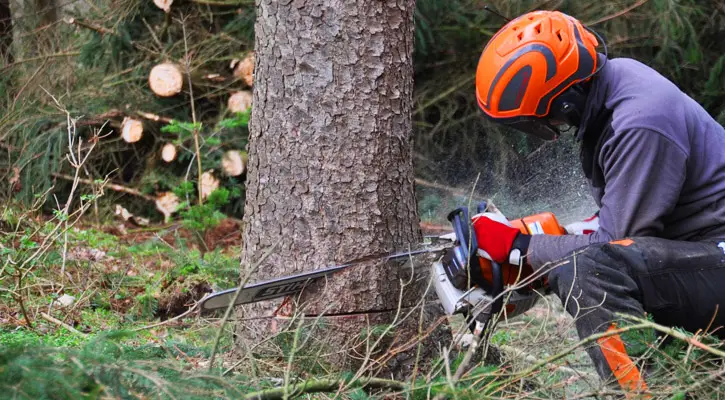
Chainsaw operators face the greatest risk of injury to the legs and thighs, which account for nearly 70% of chainsaw-related accidents. The most effective solution? Cut-resistant pants or chaps—engineered specifically to stop a high-speed chain before it causes catastrophic injury.
This expanded guide dives deeper into:
- How chainsaw pants and chaps work
- Kevlar® vs Dyneema® performance in real scenarios
- When to choose pants vs chaps for your team
- Buyer mistakes and practical procurement tips
Google Snippet: Quick Answer
Chainsaw protective pants and chaps use layers of cut-resistant fibers (Kevlar® or Dyneema®) that jam a running chainsaw chain in milliseconds. Pants offer full coverage for professional loggers, while chaps provide quick on/off convenience for occasional use or seasonal work.
Why Protective Legwear Is Critical
Leg injuries from chainsaws are severe and often life-changing:
- A cut to the femoral artery can lead to fatal blood loss in under 4 minutes.
- Recovery typically takes 6–12 months and often includes permanent nerve damage.
Case Example #1:
A logger in Minnesota experienced a saw kickback while cutting overhead. His Class 1 chainsaw pants absorbed the strike and jammed the chain instantly.
His words: “$180 pants saved me from a $50,000 surgery bill and months out of work.”Case Example #2:
A landscaping crew in Florida had a worker who skipped PPE for “a quick cut.” The saw sliced through his jeans and thigh muscle in less than a second.
Result: Emergency surgery, 8 weeks off work, and a workers’ comp claim over $35,000.
How Chainsaw Protective Fabrics Work
Chainsaw pants and chaps aren’t just thick fabric—they use engineered multi-layered systems:
- Outer shell: Durable, snag-resistant material to protect internal fibers.
- Core layers: Loose, high-strength fibers (Kevlar®, Dyneema®, polyester blends) that deploy when cut.
- When the chainsaw touches the garment:
- Fibers pull out rapidly.
- They tangle in the saw’s drive sprocket, stopping the chain in milliseconds.
- This destroys the PPE, but it saves the operator’s leg.
Pro Insight:
After any fiber deployment, replace the garment immediately—it can’t protect you twice.
Kevlar® vs Dyneema®: Which Performs Better?
| Feature | Kevlar® | Dyneema® |
|---|---|---|
| Cut Resistance | Excellent | Excellent |
| Weight | Heavier | Up to 40% lighter |
| Heat Resistance | Very high | Moderate |
| Water Resistance | Absorbs some moisture | Excellent (ideal for wet conditions) |
| Comfort | Warm, better for cold climates | Cooler, great for long shifts in heat |
| Cost | Moderate | Higher |
What the field says:
- Kevlar® excels in heavy forestry and cold weather.
- Dyneema® is favored by arborists and crews in hot, humid regions for its lightweight feel.
Case Insight:
A Brazilian logging team switched to Dyneema® pants during summer. Worker fatigue complaints dropped by 35%, and productivity increased.
Classes of Protection (EN ISO 11393)
| Class | Chain Speed | Application |
|---|---|---|
| 0 | 16 m/s | Homeowners, light-duty landscaping |
| 1 | 20 m/s | Professional logging and arborist work |
| 2 | 24 m/s | High-power saws, industrial applications |
Buyer Note:
Match your PPE class to the chainsaw’s rated chain speed. Under-protection is a serious compliance violation.
Pants vs Chaps: Which Should You Choose?
| Feature | Pants | Chaps |
|---|---|---|
| Coverage | Full-leg coverage (360° protection) | Front and side only |
| Comfort | Feels like regular trousers | Can trap heat when worn over jeans |
| Convenience | Best for all-day wear | Quick on/off for intermittent cutting |
| Ideal For | Full-time forestry, professional loggers | Landscapers, utility crews, seasonal use |
Real Case:
A utility company in Texas replaced pants with chaps for field crews doing light trimming. Gear prep time dropped by 30%, improving daily productivity.
Common Mistakes to Avoid
- Buying non-certified PPE or products with fake CE marks
- Choosing oversized chaps that snag on branches and machinery
- Continuing to use PPE after fiber exposure
- Washing with bleach or hot water, which destroys FR and fiber integrity
Quick Procurement Checklist for Pants and Chaps
- [ ] EN ISO 11393 or ASTM F1897 certified
- [ ] Correct class rating for chainsaw speed
- [ ] Material verified: Kevlar® or Dyneema®
- [ ] Secure fit with adjustable straps or tailored sizing
- [ ] Care instructions included (FR-safe detergents)
- [ ] Replacement policy for PPE after fiber deployment
- [ ] Batch tracking and compliance certificates
Buyer FAQ
Q: Can I repair pants after a small cut?
A: No. Once fibers deploy, the garment cannot guarantee protection.Q: Is Dyneema® worth the extra cost?
A: Yes for hot climates or long shifts. Lightweight gear reduces fatigue significantly.Q: Can chaps replace pants for full-time forestry?
A: Not recommended. Chaps provide frontal protection only, while pants cover the entire leg.
Conclusion
Chainsaw protective pants and chaps are essential for preventing life-threatening injuries. The right choice depends on chain speed, climate, and work duration. As a buyer, prioritize certification, correct class rating, and material quality—cheap or uncertified gear is a false economy.
Need Kevlar® or Dyneema® chainsaw PPE certified to EN ISO 11393 or ASTM F1897?
Email: [email protected]
Website: www.workwearsolutions.net
Zion Zhang
Recent Posts
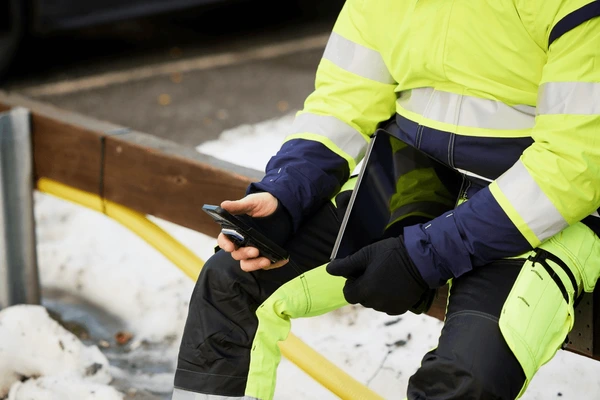 Thermo-Adaptive Fabrics: Dynamic Microclimate Control for Extreme Heat Environments2025年12月8日In high-temperature environments—whether in Middle Eastern […]
Thermo-Adaptive Fabrics: Dynamic Microclimate Control for Extreme Heat Environments2025年12月8日In high-temperature environments—whether in Middle Eastern […] Choosing the Right Fabric Blend by Industry2025年12月6日How CVC, TC, and High-Strength Fiber Blends Shape […]
Choosing the Right Fabric Blend by Industry2025年12月6日How CVC, TC, and High-Strength Fiber Blends Shape […]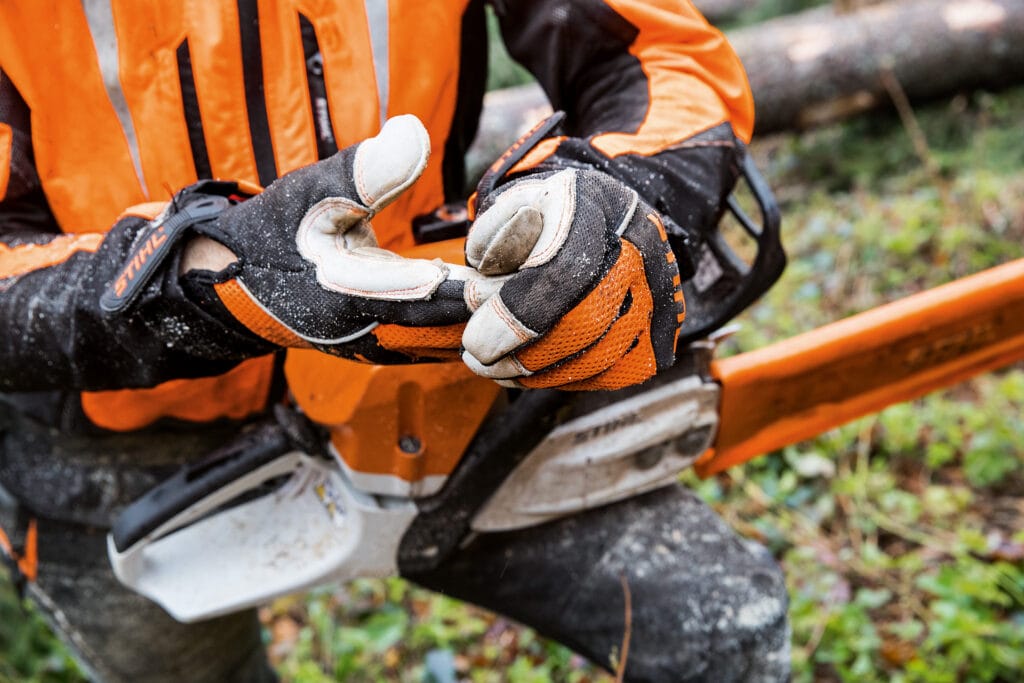 Functional Fabric Trends 20252025年12月3日Performance, Sustainability, and Smart Innovation Driving […]
Functional Fabric Trends 20252025年12月3日Performance, Sustainability, and Smart Innovation Driving […] Why Global Buyers Are Shifting Toward Lightweight Protection2025年12月2日Hygiene, Comfort, and Safety in a New Era of Performance […]
Why Global Buyers Are Shifting Toward Lightweight Protection2025年12月2日Hygiene, Comfort, and Safety in a New Era of Performance […]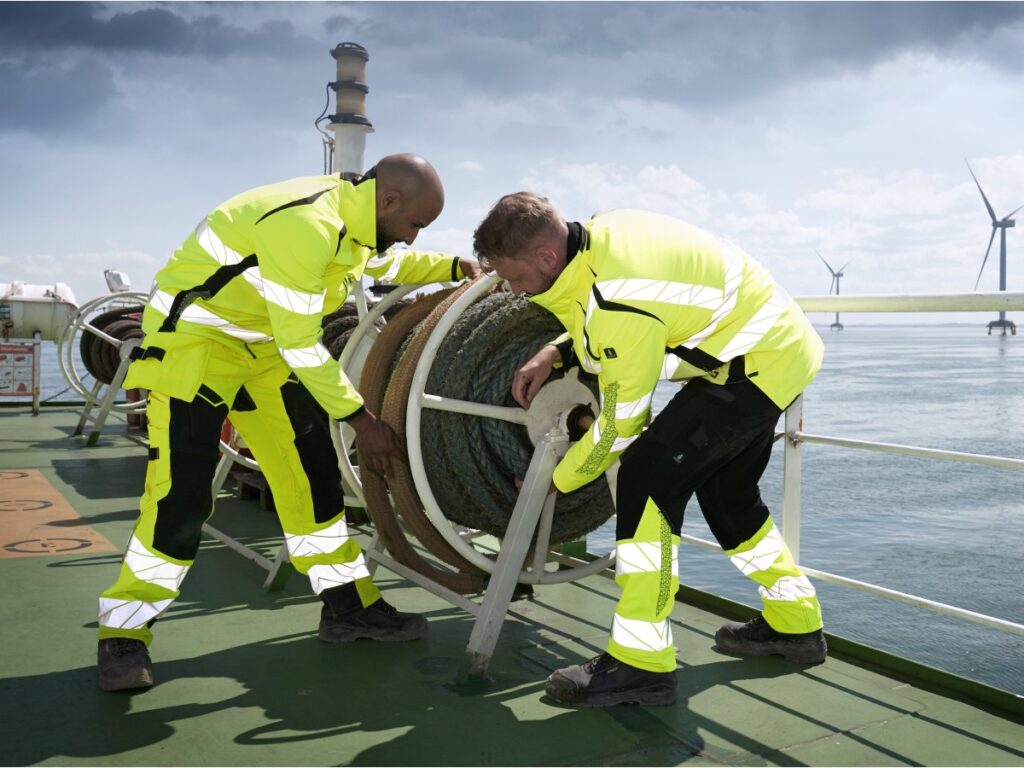 Top Workwear Fabric Innovations to Watch in the Next 3 Years2025年12月1日Workwear is entering a new era where materials science, […]
Top Workwear Fabric Innovations to Watch in the Next 3 Years2025年12月1日Workwear is entering a new era where materials science, […]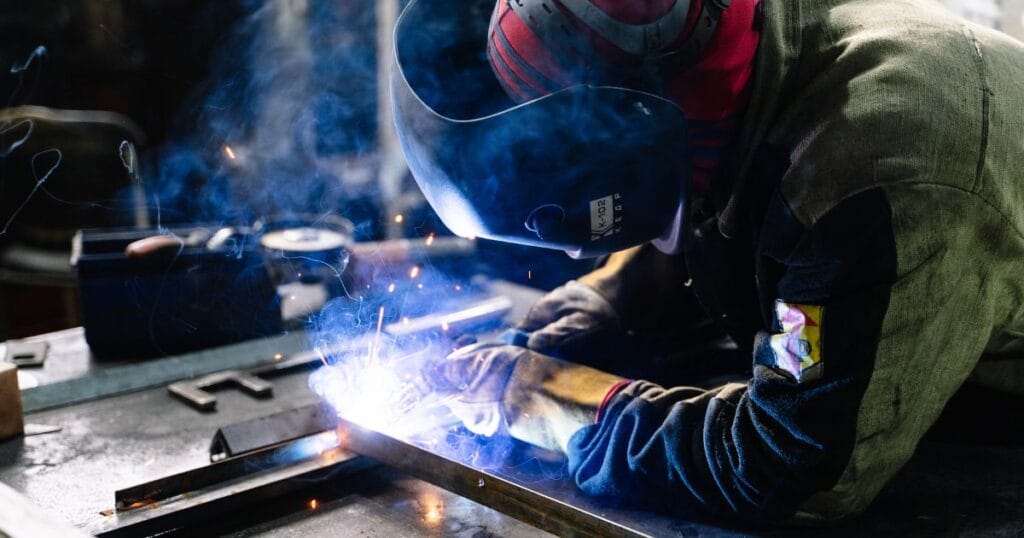 Supplier Opportunity: Selling Tracking-Enabled Workwear as a Service2025年11月27日The Future of Safety, Compliance, and Workforce […]
Supplier Opportunity: Selling Tracking-Enabled Workwear as a Service2025年11月27日The Future of Safety, Compliance, and Workforce […]
CONTACT US
- Feel free to contact us any time. We will get back to you as soon as we can!
- +86-17330061805
